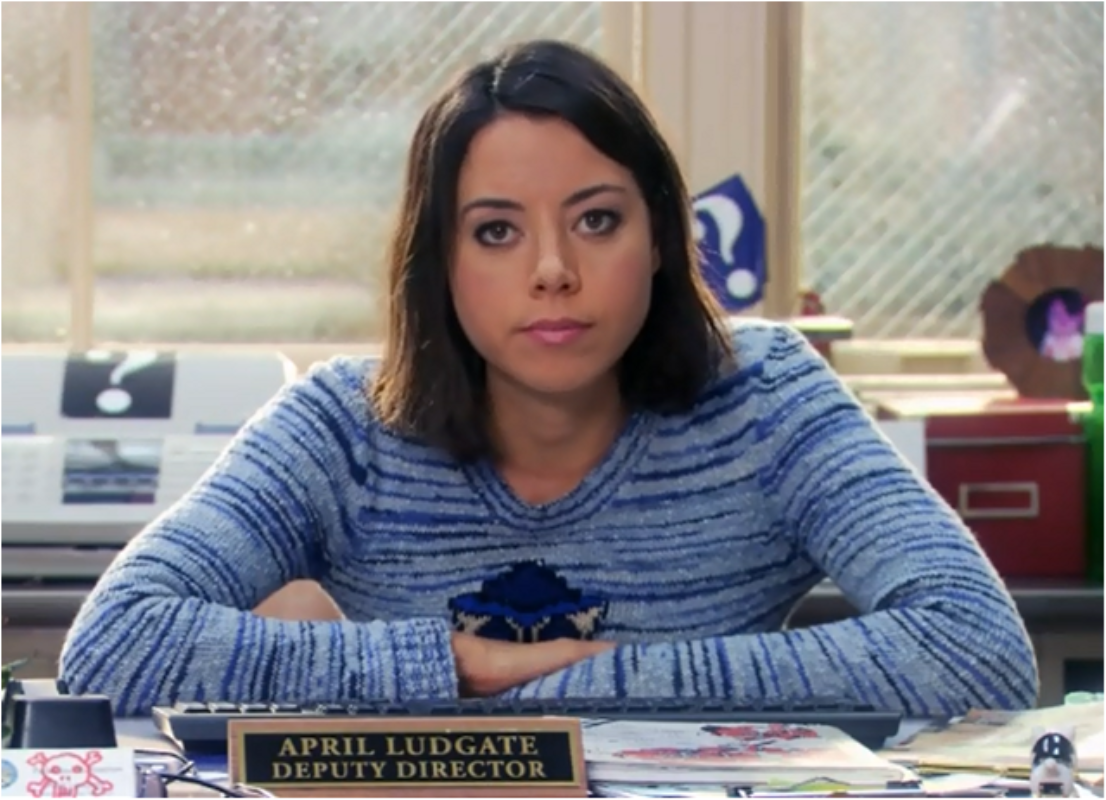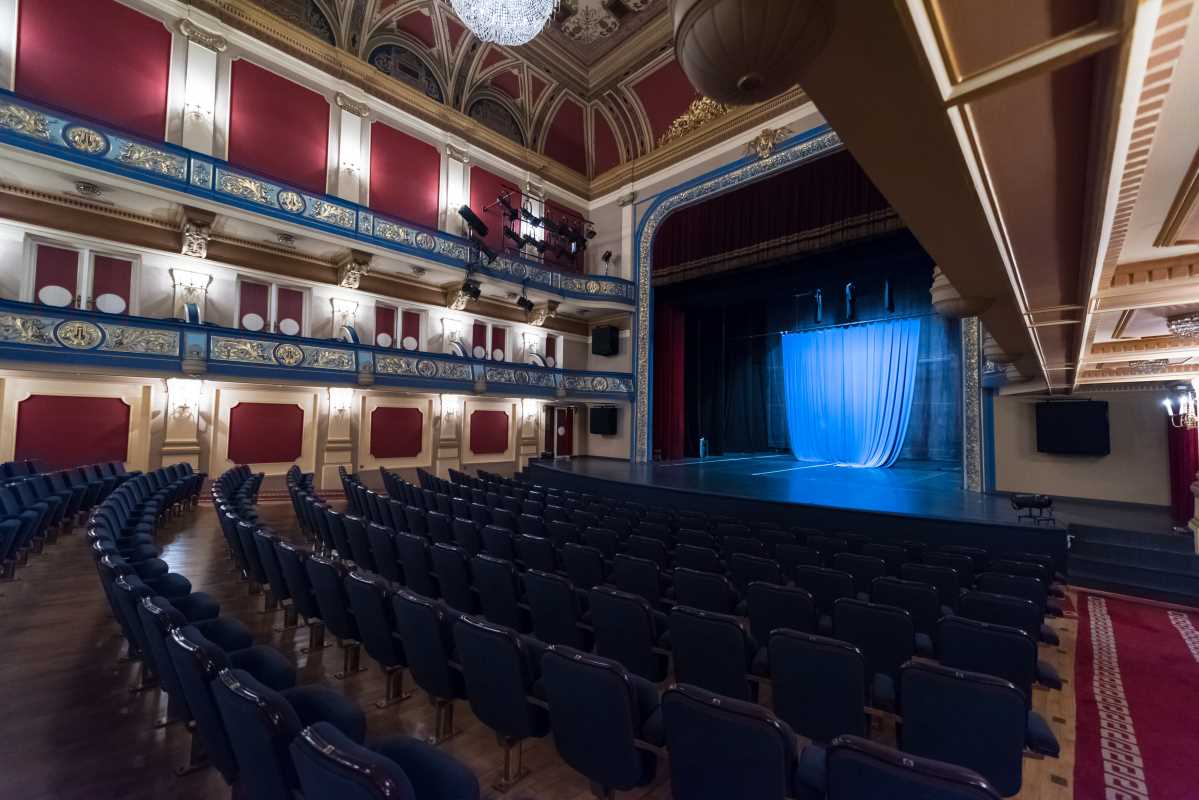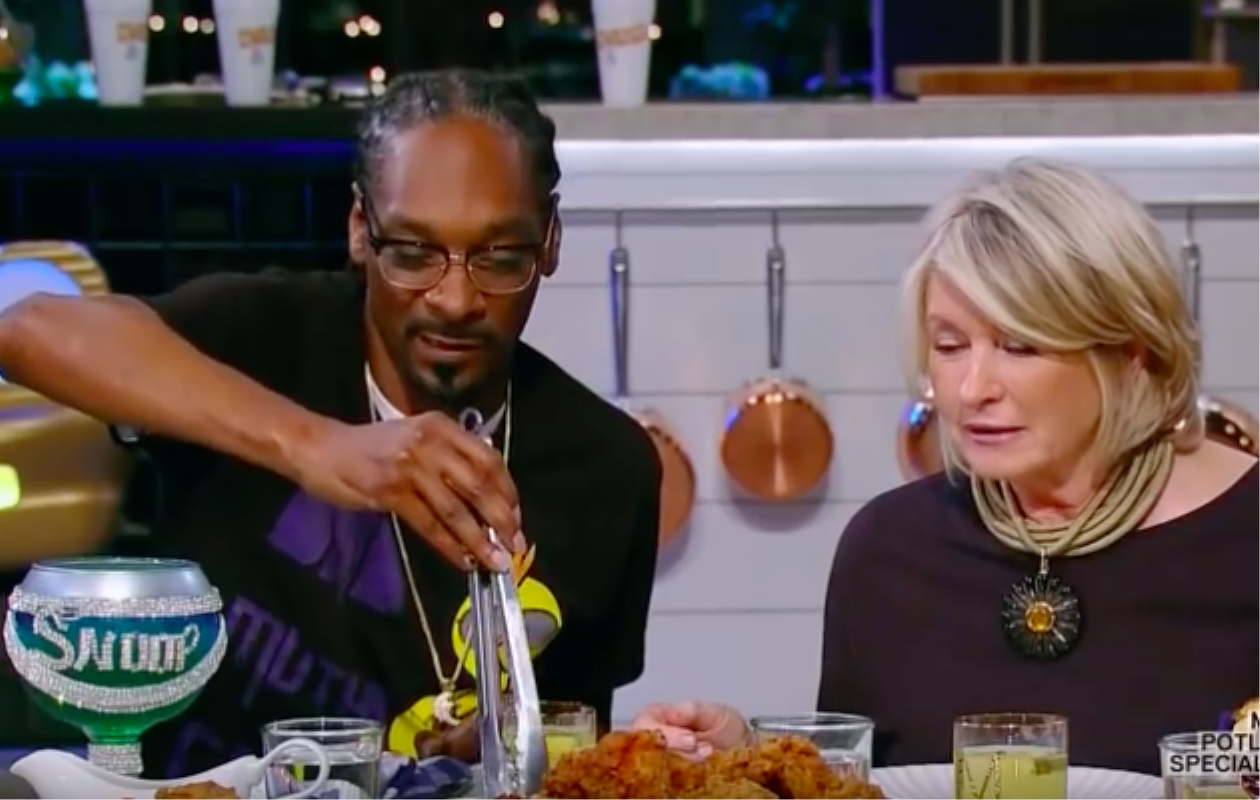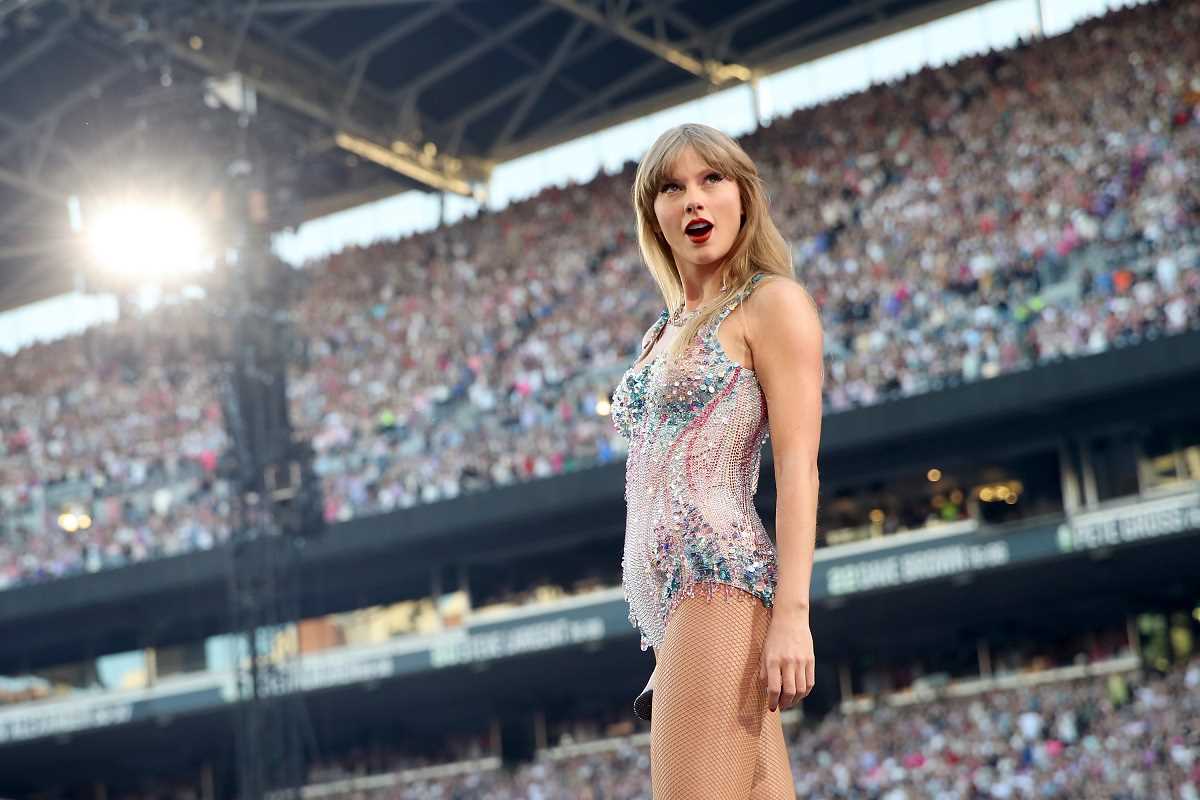A character's physical appearance is a powerful tool in television storytelling. A dramatic TV makeover can signal a major shift in a character's journey, reflecting personal growth, a change in circumstances, or a newfound sense of confidence. This transformation serves as a visual representation of a character's evolution. It helps the audience to connect with the story on a deeper level. These makeovers are often pivotal moments in a series, becoming iconic scenes that fans remember long after the show has ended. They are a testament to the collaborative work of actors, writers, and costume and makeup departments to bring a character's internal changes to life externally.
Alexis Rose in Schitt's Creek
When viewers first meet Alexis Rose (played by Annie Murphy) in Schitt's Creek, she is the epitome of a spoiled, self-absorbed socialite. Her style reflects her jet-setting, coast-to-coast lifestyle, characterized by trendy, bohemian-chic outfits, floppy hats, and a very specific way of holding her hands. Her appearance is a costume that telegraphs her wealth and worldliness. After her family loses their fortune and is forced to relocate to a small town, her wardrobe remains one of the last vestiges of her old life.
Over the course of six seasons, Alexis undergoes a profound emotional and intellectual transformation. She evolves from a dependent, flighty young woman into an ambitious and capable public relations professional. Her style makeover happens gradually, reflecting this internal growth. She begins to trade her impractical, music-festival-inspired attire for more professional and polished outfits, like tailored dresses and sophisticated blouses. The change is about her entire demeanor. By the end of the series, her appearance signals that she is no longer defined by her family's former wealth but by her own accomplishments and newfound maturity.
April Ludgate in Parks and Recreation
April Ludgate (played by Aubrey Plaza) begins the series Parks and Recreation as a sullen, apathetic college intern. Her style perfectly matches her personality: dark, baggy hoodies, disheveled hair, and a perpetual expression of disdain. Her appearance is a form of armor, keeping the world at a distance and visually representing her lack of interest in her job and the people around her. She is the embodiment of youthful angst and indifference.
As the series progresses, April slowly begins to open up, form meaningful relationships, and find a sense of purpose. Her makeover is subtle but significant. She starts to incorporate more color and structure into her wardrobe, often influenced by her work in Washington D.C. and her maturing relationship with her husband, Andy. While she never loses her signature sarcastic edge, her style becomes more professional and put-together. This evolution shows that she has found a way to be herself while also embracing adulthood and responsibility. Her transformation from a gloomy intern into a capable and driven professional is mirrored in her gradual shift away from the dark, shapeless clothes of her youth.
Peggy Olson in Mad Men
Peggy Olson's (played by Elisabeth Moss) transformation over the seven seasons of Mad Men is one of the most celebrated character arcs in modern television. She starts her journey in 1960 as a naive and conservatively dressed secretary at the Sterling Cooper advertising agency. Her initial appearance had a schoolgirl-like ponytail, modest blouses, and plaid skirts. It made her look young and out of place in the sophisticated and competitive world of advertising.
As Peggy proves herself to be a talented copywriter and begins to climb the corporate ladder, her appearance transforms dramatically. She sheds her innocent, girlish style for a more powerful and professional look that reflects her growing confidence and authority. Her hair becomes more styled, and her wardrobe evolves to include sleek, modern dresses and bold pantsuits that were at the cutting edge of fashion in the late 1960s. Her makeover is a direct reflection of her journey from the margins to the center of power in a male-dominated industry. Each new outfit and hairstyle marks another step in her evolution into a confident and pioneering career woman.
Topanga Lawrence in Boy Meets World
Topanga Lawrence (played by Danielle Fishel) was introduced in the first season of Boy Meets World as a quirky, hippie-child character. Her initial appearance was very distinct: long, crimped hair, eccentric clothing, and a new-age sensibility that set her apart from her classmates. She was the weird girl, an outsider who performed poetry and embraced non-conformity.
In the second season, the character underwent a dramatic makeover. She returned with straight, sleek hair and a more conventional, mainstream style. This transformation was a deliberate choice by the show's creators to make her a more traditional love interest for the main character, Cory Matthews. While the initial change was abrupt, her style continued to evolve throughout the series, reflecting her journey from an eccentric child to a mature and intelligent young woman. The makeover marked a pivotal moment for the character, cementing her role as a central figure in the show and setting the stage for one of television's most beloved teen relationships. It remains a classic example of a dramatic TV makeover from the 1990s.
 (Image source: Parks and Recreation / Open 4 Business Productions/Deedle-Dee Productions/Fremulon)
(Image source: Parks and Recreation / Open 4 Business Productions/Deedle-Dee Productions/Fremulon) 





